PORT FOLIO
EDUARDO ARRIETA FERNANDEZ
1
ARCHITECTURE 2 0 2 2
2
3 contents 01 02 03 04 05 06 07 TEQUENDAMA PARKING Parking building designed in Cali, Colombia. professional project 2020 academic project 2018 academic project 2018 academic project 2017 competition project 2020 competition project 2021 06 10 14 18 24 20 casa longevo Adult day center - Final degree project public spaces design Urban design for public spaces. rehabilitation santa catalina bastion Conservation of architectural heritage Building. the flatline Nature interpretation center.
a la eternidad Memorial monument in
Memorial
professional project 2020 28
ventanas
honour of the martyrs of a terrorist attack in Bogota, Colombia. archaelogical management plan and restoration: san francisco convent
monument in honour of the martyrs of a terrorist attack in Bogota, Colombia.
ARCHITECT EDUARDO ARRIETA F.
PERSONAL DETAILS
Age: 29
Nationality: Colombian
CONTACT
City: Cartagena-Colombia
Tel: +57 3186521999
E-mail: eduardoa.arrietaf@gmail.com
SOFTWARES
Adobe PS
Adobe InDesign
AutoCAD
Ms Office Suite
SketchUp
Revit
Illustrator
LANGUAGES
Spanish : Native speaker
English : Advanced
Portuguese: Basic
REFERENCES
Joel Samper
Architect-Universidad de los Andes
Tel: +57 316 5263005
Rodrigo Arteaga

Architect - Professor UJTL
Tel: +57 3157128875
PROFESSIONAL SUMMARY
During my degree I used to be part of research programs.I made part of projects related with sustainable Design, heritage architecture and social work. As an architect I have been involved in preservation and conservation of the architectural and archeological heritage through analysis and periodic visits to the buildings, monuments, and structure of cultural importance in the historic downtown of Cartagena de Indias. I am interested in how the Conservation promotes the sustainable use of a building and can make a building useful for contemporary tenants.
EDUCATION
• Graduate Cultural Heritage Management. Universidad de Cartagena. 2021
• Architect. Universidad Jorge Tadeo Lozano, Seccional del Caribe. 2013-2018
• University Exchange Program. Universidad de Buenos Aires. Facultad de Arquitectura, diseño y urbanismo (FADU). 2017.
COURSES
• Sustainability in Architecture: An Interdisciplinary Introduction-Universitat Politècnica de València edX. 40 Hours.
• Autodesk Revit BIM - Arcux 2021. 20 Hours
PUBLICATIONS
• Inventario de inmuebles patrimoniales en deterioro en el Distrito de Cartagena (2021) .
• Inventario de deterioros y patologías de fachadas de 20 inmuebles en el Centro Histórico de Cartagena de Indias (2020)
• Arrieta Fernandez Eduardo A. (2018) Casa de dia para el adulto mayor, “Casa Longevo”.
AWARDS
• 1st Place Invitational architectural competition for the design of a memorial monument in honour of the martyrs of a terrorist attack in Bogota, Colombia. Escuela de Cadetes de Policia General Francisco de Paula Santander ( Dial Ingenieria SAS).
• Honorable Mention. Student Representative in the architecture program. Universidad Jorge Tadeo Lozano. 2018
• Honorable Mention . Best Score in the architecture program degree.Universidad Jorge Tadeo Lozano 2018
• Santander Mobility Scholarship. University exchange program at Universidad de Buenos Aires (FADU).
4
PROFESSIONAL EXPERIENCE
SENIOR PARTNER ARCHITECT - ESTUDIO LOCAL
2019 - Present
Architecture studio founded with a group of collegues from the university. Our principal approaches are architecture competitions and architectural projects with social value.
ARCHITECT - INSTITUTO DE PATRIMONIO Y CULTURA DE CARTAGENA IPCC
2020 - Present
Involved in preservation and conservation of the architectural heritage through periodic visits to the buildings, monuments, and structure of cultural importance in the historic downtown of Cartagena de Indias. Our projects primarily involve helping to conserve buildings. Preparation of architecture planning and design documents, including presentation graphics,construction documents, maintenance and infrastructure management of the libraries that belongs to the state.
ARCHITECT - PLAN DE MANEJO ARQUEOLÓGICO CONVENTO DE SAN FRANCISCO,. CAPILLA DE VERACRUZ Y ANTIGUOS TEATROS, BARRIO GETSEMANÍ CARTAGENA - FUNDACION ERIGAIE
2018 - 2020
Advice on architectural heritage and structural materials , support in urban analysis and archaeological zoning in the Convento de San Francisco , production and preparation of archaeological and architectural planimetry, presentations, graphics and documents.
PROFESSIONAL INTERNSHIP – BARRERA & BARRERA ARQUITECTURA Y RESTAURACIÓN
2018 - 2020
Junior Architect -Architectural designer, supporting all stages of projects. Visualization and representation focused to facilitate the design process communication between the design team and clients, using integrated methods and software.
RESEARCH EXPERIENCE
ALTERNATIVE ENERGIES (COLOMBIAN MINISTRY OF ENERGY)
Jun - Aug 2019
Research, to carry out territory reconnaissance workshops and work with the community, with the intention of articulating the territorial models with the projects related to mining and energy in the country.
WORKSHOP PUBLIC SPACES DESIGN (MIT MASSACHUSETTS INSTITUTE OF TECHNOLOGY, FUNDACION SOCIAL, ALCALDIA DE CARTAGENA)
Jun - Aug 2019
Design and graphic representation of a schematic urban design for public spaces in a neighborhood in Cartagena, Colombia.
SOS CIUDADES WORKSHOP INTERNACIONAL DE ARQUITECTURA VALPARAISO (TALLER SUDAMERICAUNIVERSIDAD DE BUENOS AIRES FADU
May 2017
This workshop brings together academics and students from different schools of architecture and urbanism in Latin America and Europe and seeks to generate knowledge transfer between the participating universities , and also debate new methodologies for the design of cities
PALESTRA - RESEARCH PROGRAM - UNIVERSIDAD JORGE TADEO LOZANO
2016 -2018
Research, Kids + architecture + the city. Aims to bring children and young people closer to architecture to increase their level of awareness of space at any scale.
EVERYDAY NIGHTTIME DESIGN (ARUP, LONDON SCHOOL OF ECONOMICS Y FINDETER)
Jul 2016
Research, interviews, and interaction with the ‘Getsemani’ community, a neigborhood located at Cartagena historical area, which sought to arrive at lighting design proposals in line with the local identity.
5
TEQUENDAMA PARKING: parking building 01
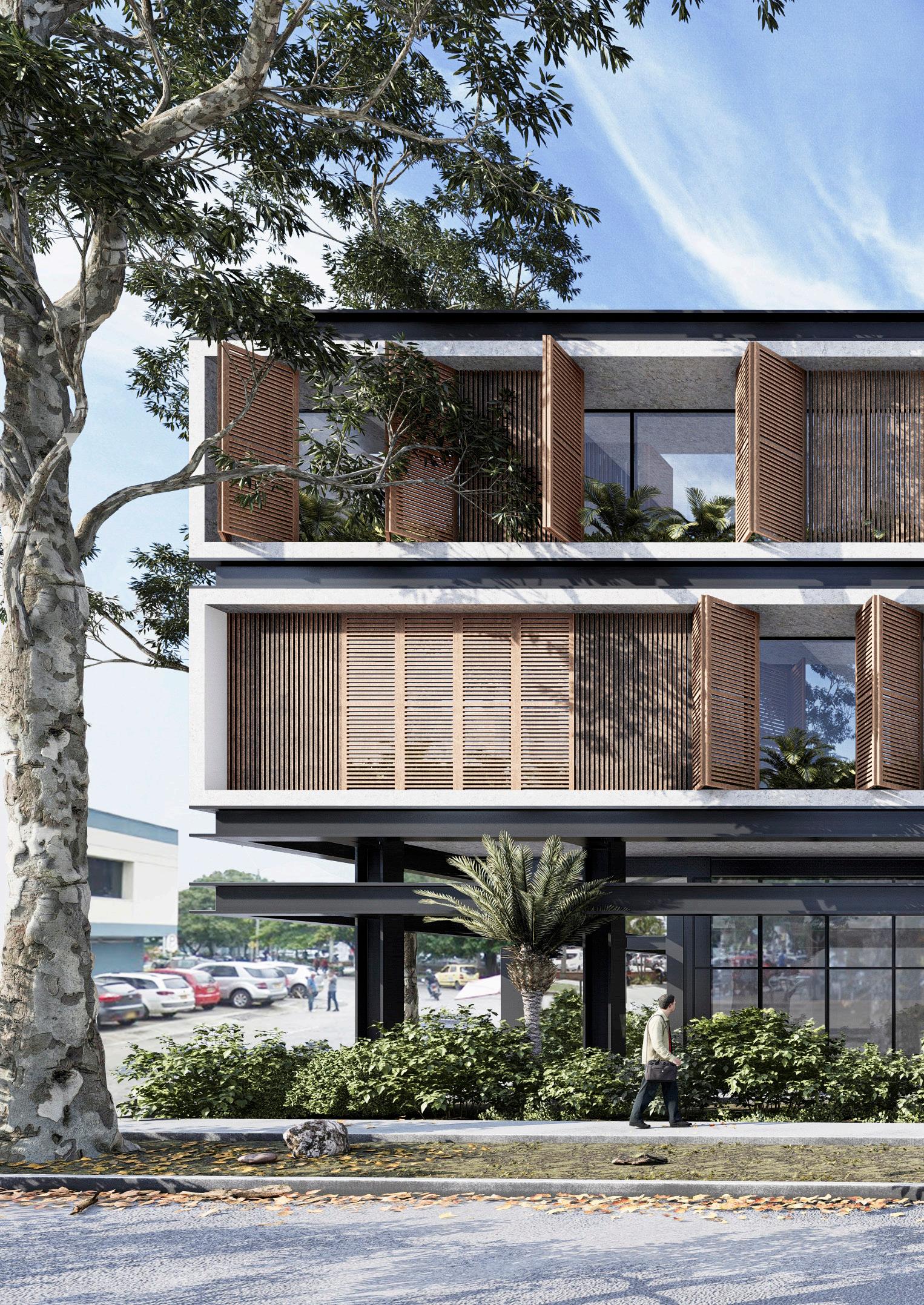
Design ESTUDIO LOCAL
Team
• Eduardo Arrieta F.
• Cristian Almario
• Carolina Restrepo
• Juan Felipe Pantoja
Project developed in 2020 in Cali, Colombia. The client request a three-level building in its first stage with the possibility of growing up to five levels. The building has parking lots on the first two levels and offices on the last level.
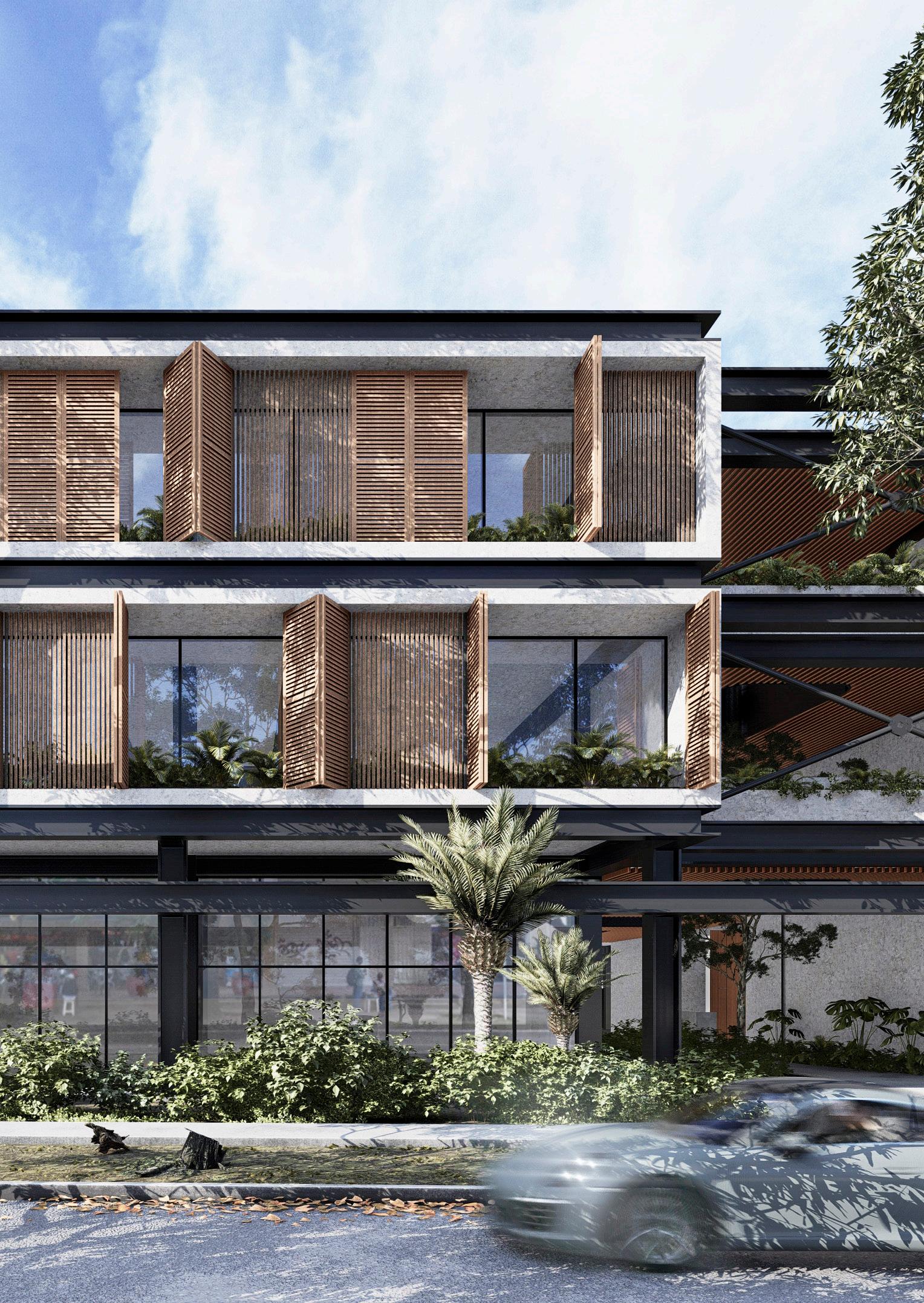
Zoning Diagrams

Environmental concepts diagrams
The building opens in all directions to take advantage of cross ventilation, allowing the winds from the Atlantic to get inside the project. Parking
A void is generated inside the building which, in addition to promoting cross ventilation, allows hot air to escape, generating greater thermal comfort inside the building.
Concept development
Public space
The growth of the building in another future phase was considered during the design, also taking the natural determinants so that the building had a high passive energy efficiency, variables such as the materials used in its construction, the architecture of the building itself, its orientation and the environment.
The project proposes a setback façade that functions as solar protection, allowing greater thermal comfort inside the building and lower energy consumption by air conditioners.
Vegetation is proposed on the facade, with the objective of filtering the CO2 emanating from the cars, resulting in cleaner air in the immediate surroundings. additionally, in the medical offices building, the vegetation helps to increase the thermal comfort in the interior of the building.
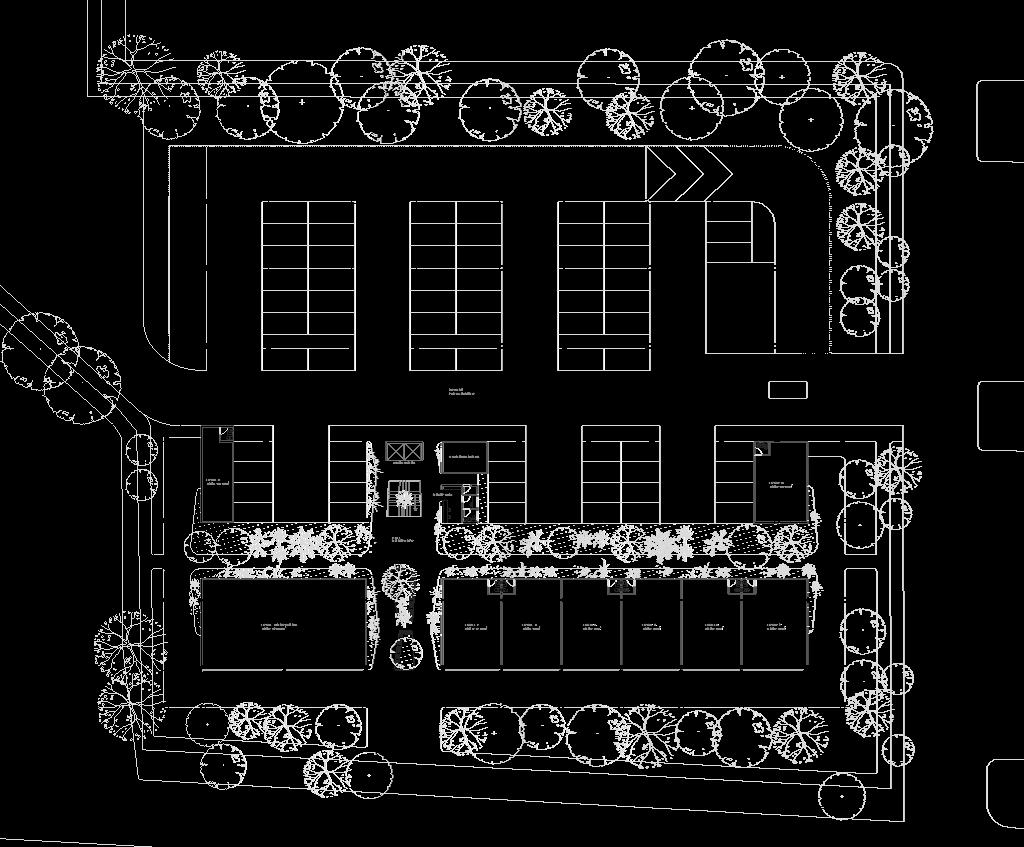
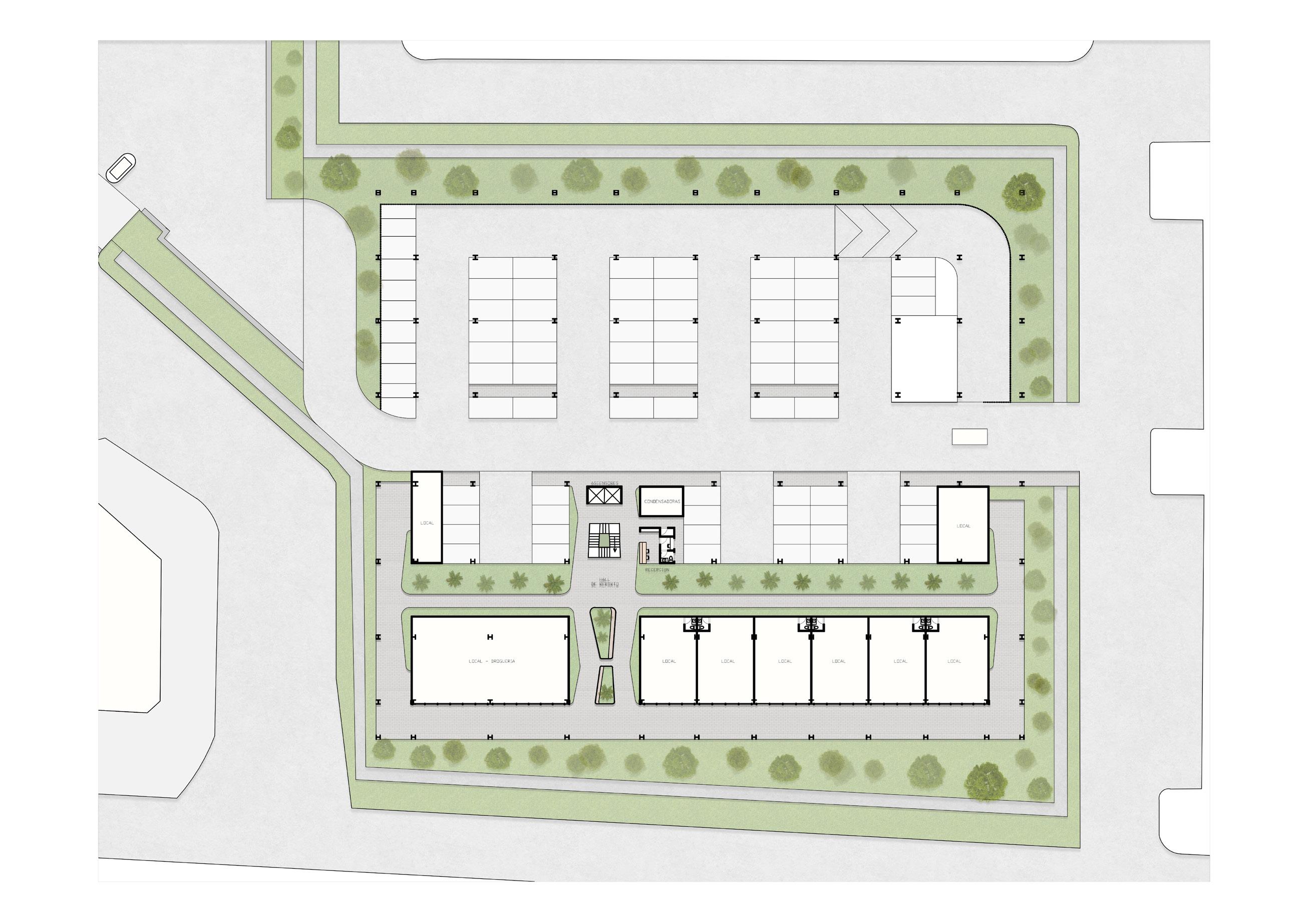
By approaching the building in this way, we find that only one of the two uses can continue to grow and in a way that is complicated to develop.
Building of three levels in its first stage (but with the possibility of growing up to five levels).









It should have parking spaces on the first two levels and offices on the top level.
For this reason, it is proposed to divide the building in such a way that both uses can grow at the same time and according to the client, based on the demand of the business.
8 Parqueadero
Locales Comerciales Pasaje comercial Cubierto Conexión
parqueaderos
Espacio Publico
Recepción
entre
Zona Verde/
PARQUEADERO PARQUEADERO CONSULTORIOS PARQUEADERO PARQUEADERO CONSULTORIOS CONSULTORIOS CONSULTORIOS PARQUEADERO PARQUEADERO CONSULTORIOS PARQUEADERO PARQUEADERO PARQUEADERO CONSULTORIOS CONSULTORIOS CONSULTORIOS CONSULTORIOS PARQUEADERO PARQUEADERO CONSULTORIOS PARQUEADERO PARQUEADERO ? x
Distribution
Lobby Comercial Premises Shopping Gallery
Lots


9
Design




 Eduardo Arrieta Fernandez.
Eduardo Arrieta Fernandez.
Abstract
The tour is one of the fundamental concepts to generate interest and spatial quality, the tour is perceived beyond the simple act of circulating through a given space, tour involves walking, stopping and contemplating. The project seeks to give value to the tour, transforming it into an articulating axis of the spaces and wants to highlight the importance of contemplation during the walk.
Project development



In this project I developed the theme of architectural spaces for the elderly, for the care, welfare and recreation of these.in the city of Cartagena there is a lack of equipment for older adults, they have become a population little taken into account when designing and building architectural spaces.


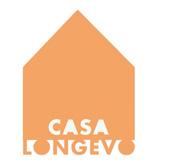
The project is a day care center for the elderly, as a necessary equipment for a community in one of the most needy areas of the city of Cartagena, the project is designed so that this population can enjoy and access each of the spaces of the place.

Taking into account the stage of life in which the users are, their needs are changing, there are problems of balance, vision, strength, difficulties in the joints, when examining these characteristics we realize that older adults live the time in a different way, they take everything more calmly, their walking is slower and they look up at their surroundings carefully.

Diagrams


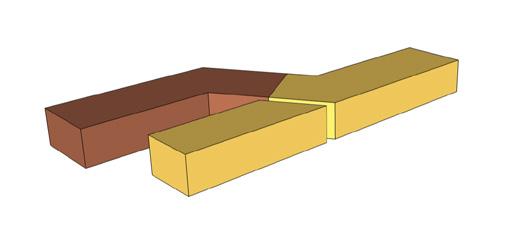


10 Dos Modulos - Funcion
Circulacion
Limite Conectar Modulos
Espacios Interiores Contemplar
como
02 casa
Analysis Actors Medical Services Management Psychology Maintance Family Accessibility Health Time Leisure Comtemplate
longevo
Design criteria


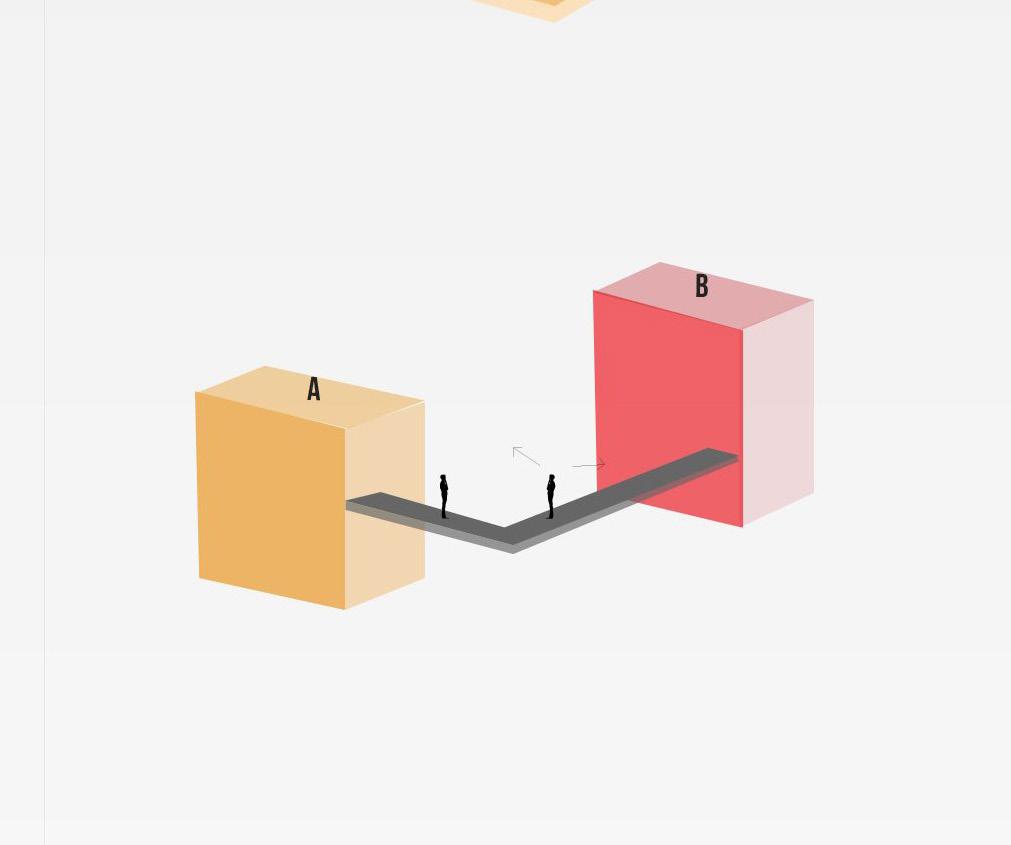

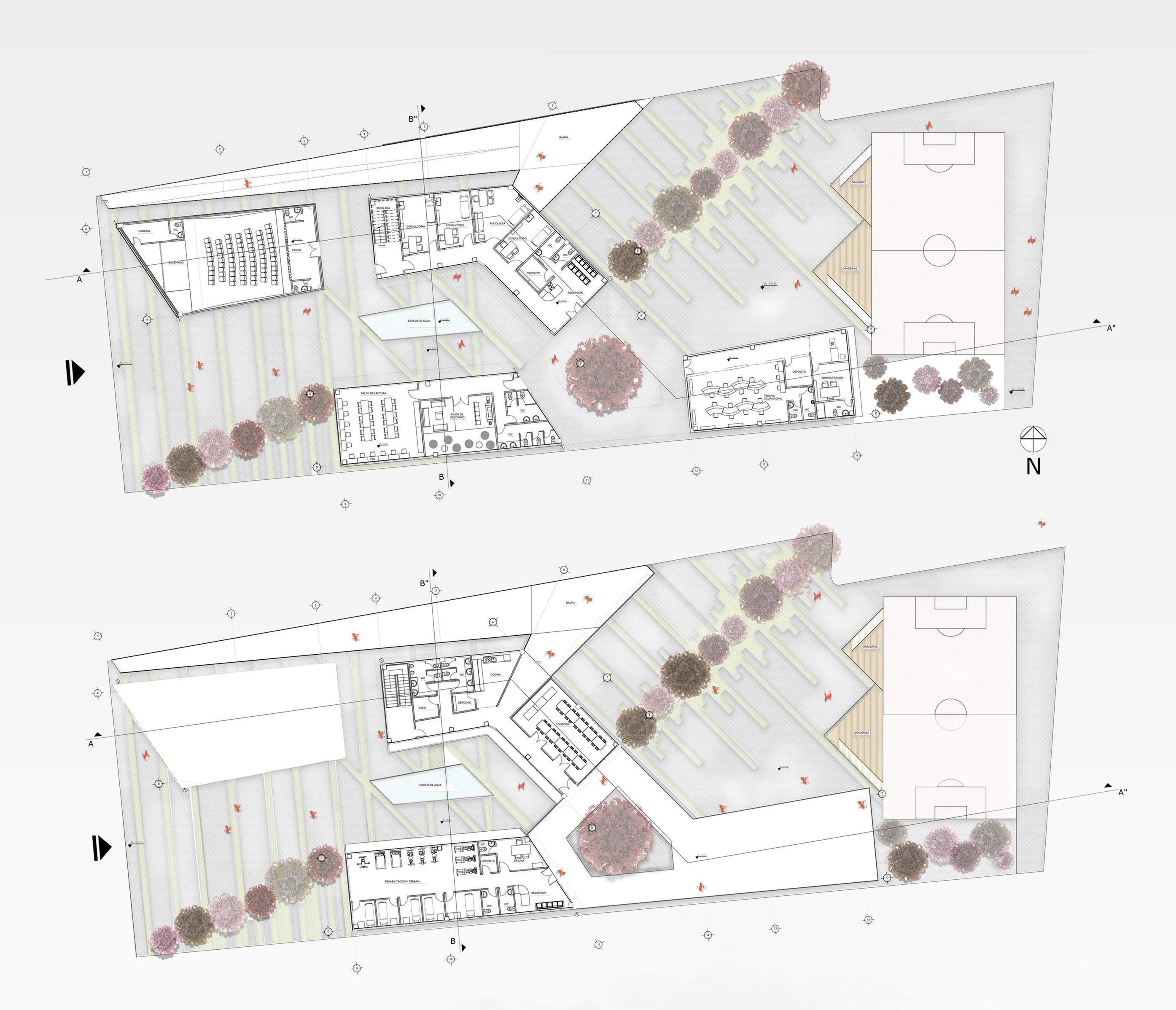
11
Floor Plant Meeting Pointarticular Connecting Spaces Lights and Shadows
Equipment
The project also includes the development of collective spaces, places to encourage the meeting of different groups, their appropriate growth and development; that is, spaces where it is possible the interaction of people of all ages around cultural, recreational and health activities (auditorium, parks, sports field and hospital equipment).


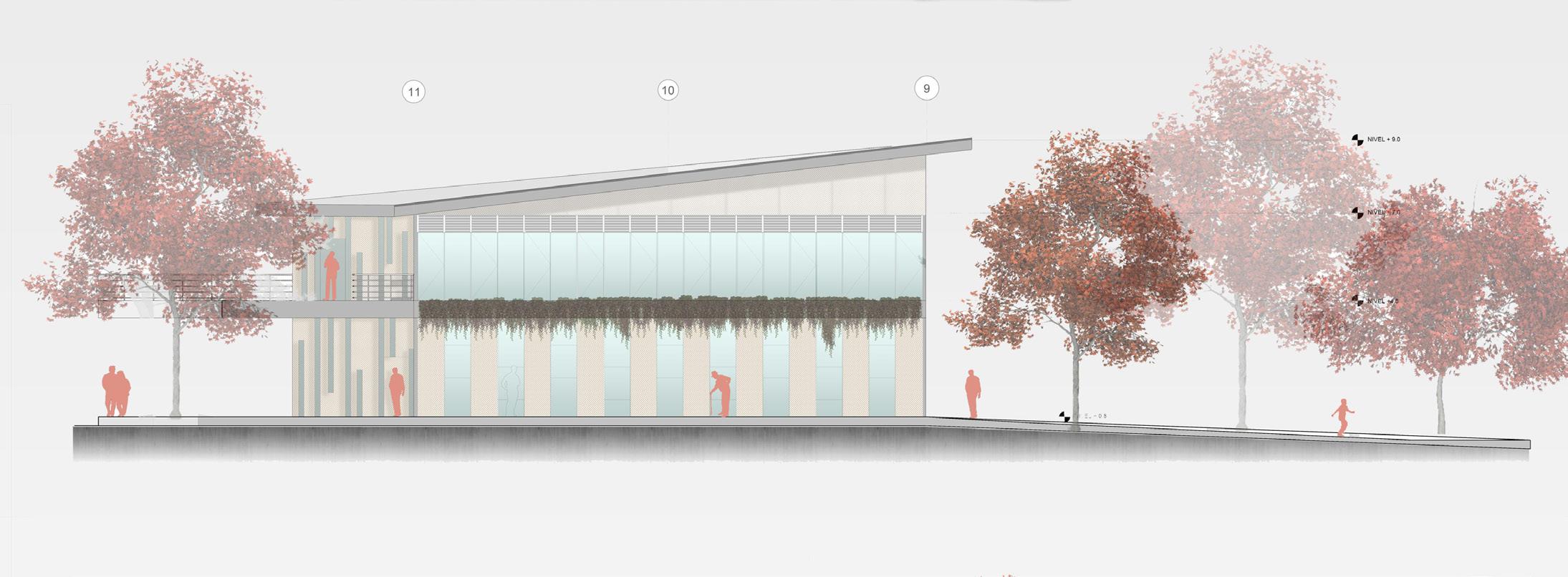
Structural Systems
The project has a portal framed structural system (columns and beams) with a two-way concrete slab mezzanine. The roof has a lightened system of pratt trusses, which support the Hunter Douglas roof through a system of purlins and braces.
12
Front view
Lateral View
Cross Section
Structural Details

Roof trusses
Mezzanine

Srtucture










13
03 WORKSHOP: public spaces desgin
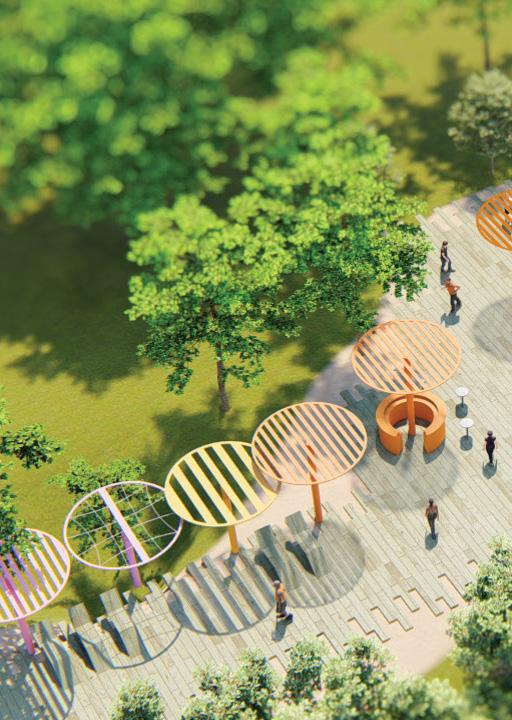
(MIT ARCHITECTURE + ALCALDIA DE CARTAGENA)
Professor:
• Lorena Bello (MIT professor) Team
• Eduardo Arrieta
• Cristian Almario
• Diego Torrecilla
• Manuela Uribe
• Andrea Baena
• Bibiana Pedraza
This project was developed in collaboration with the Massachusetts Institute of Technology - MIT, the Mayor of Cartagena, Fundación Social and Findeter. The project proposes to develop urban and architectural design strategies that are shaped by the interactive ecology between the community and nature in order to genereta a balance.
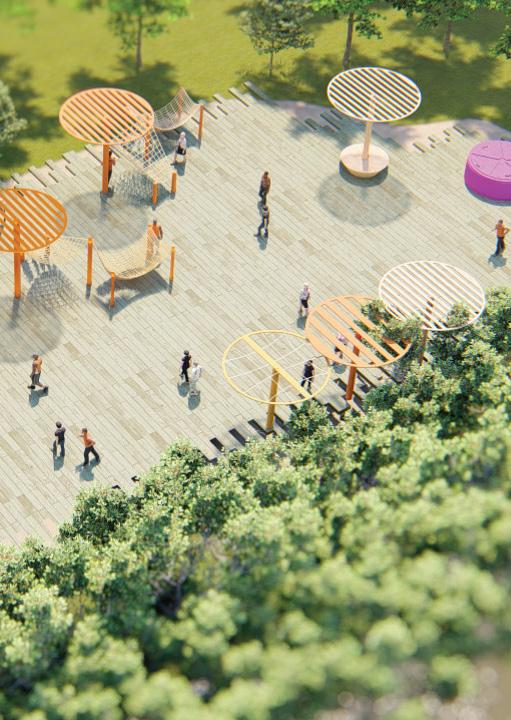
Project development Program
The main objective is to develop the natural evolution of environmental ecosystems and the development of productive activities of the local population. The workshop was formed by the project coordinator Lorena Bello who is a professor at MIT, two students of master’s degree in architecture from MIT and a group of 8 students from the University Jorge Tadeo Lozano, had a duration of 2 weeks and for its completion was presented to the community.
The intervention is given around of the main waterway of the sector, a linear park was projected with the objective of carrying out a ludic-pedagogic tour, where collective, productive and recreational spaces are offered, through which the community is educated to the environmental care and preservation of their surroundings.

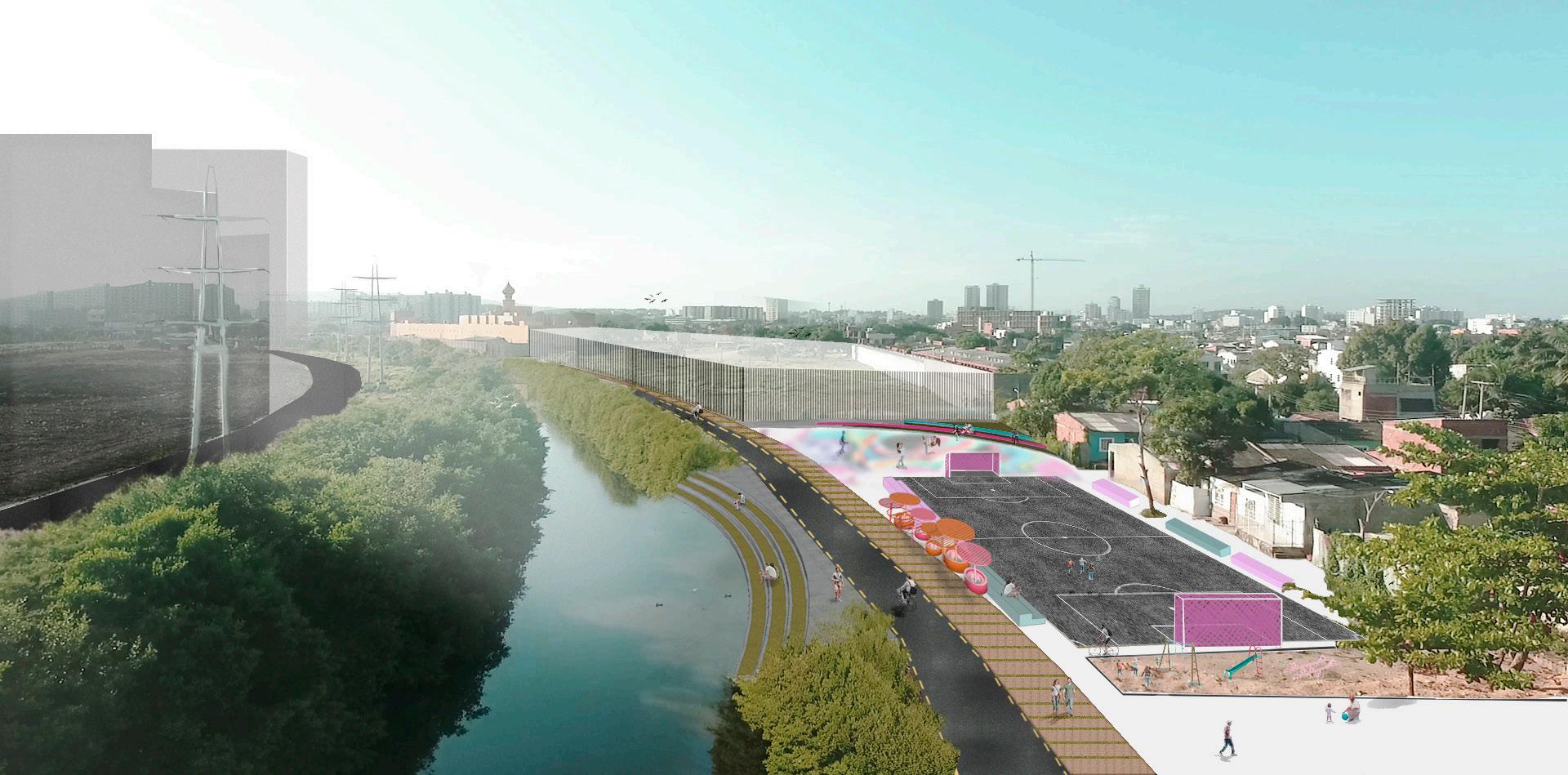
My participation in this project consisted of two phases. The first phase consisted of characterization interviews and interaction with the community to map the sector, the main problems and generate design ideas. In the second phase I prepared planimetry, sketches, design sections and photomontages.
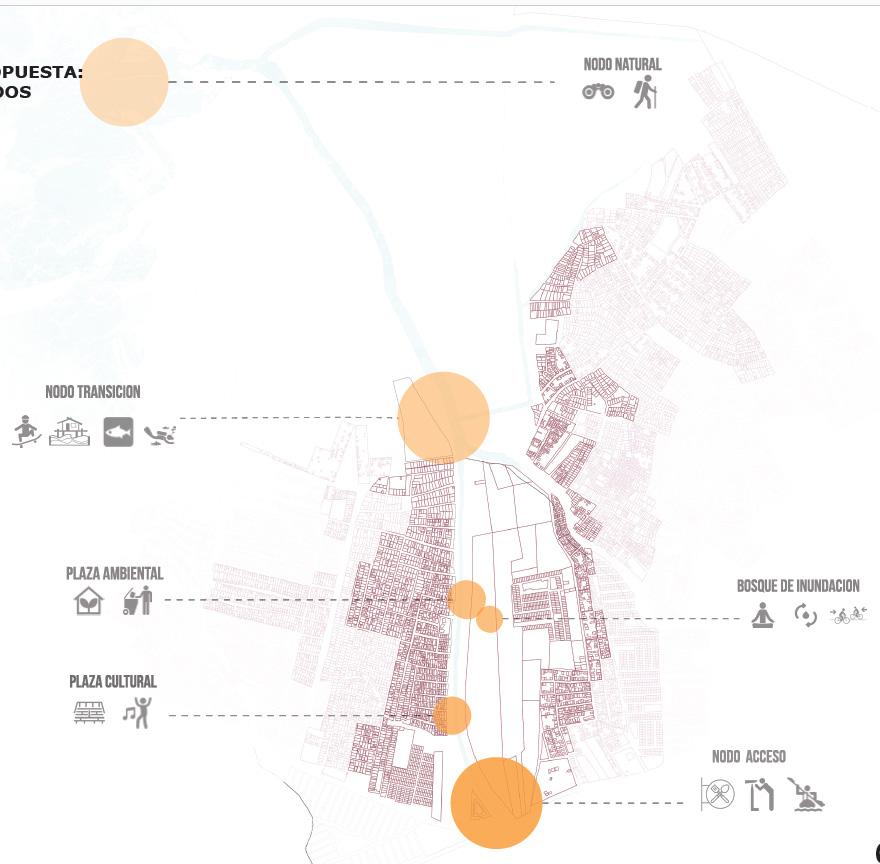
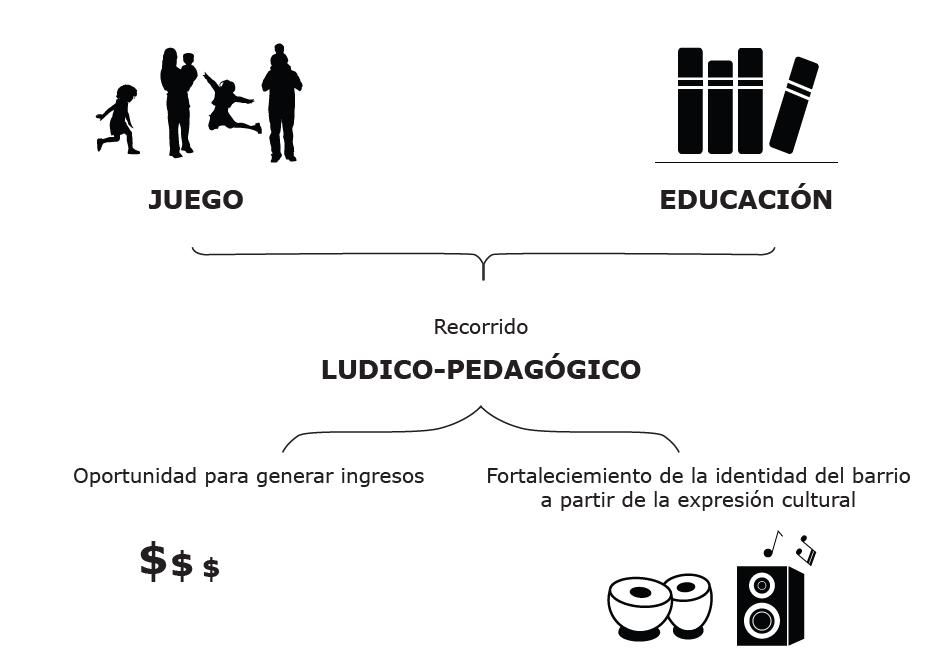
16
Canal skate park Modulo Comercial Piscicultura Casa cultural
Champetodromo
Granjas Hidroponicas
Cancha
Nodo de Transicion Piscicultura y recreación

Bosque de inundacion Estacion
Nodo de Acceso Comercio y puerto de llegada.
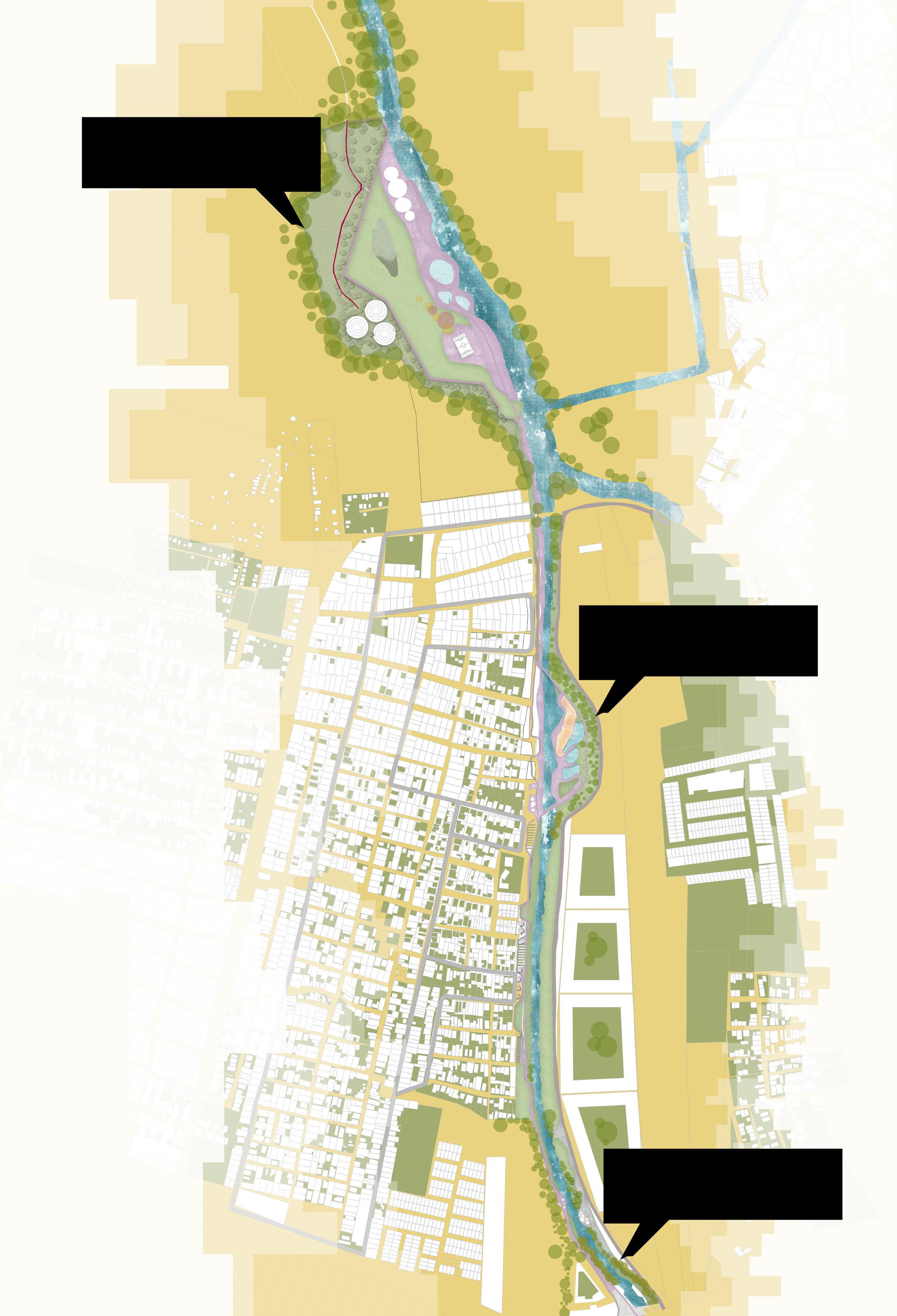
17
04 rehabilitation: santa catalina bastion
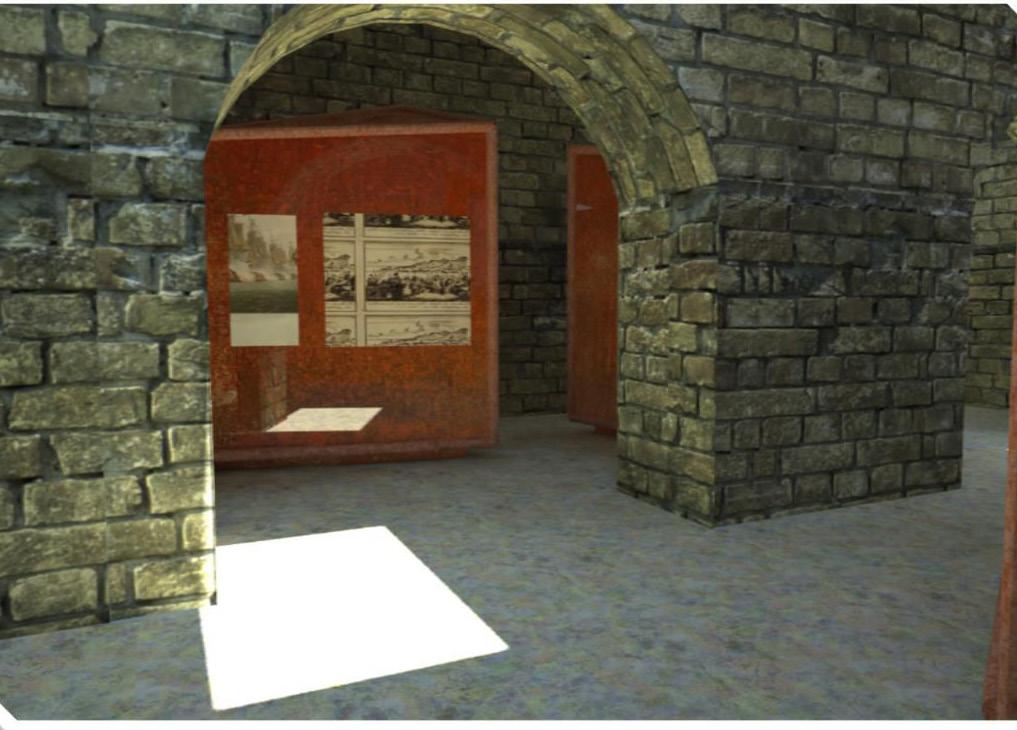
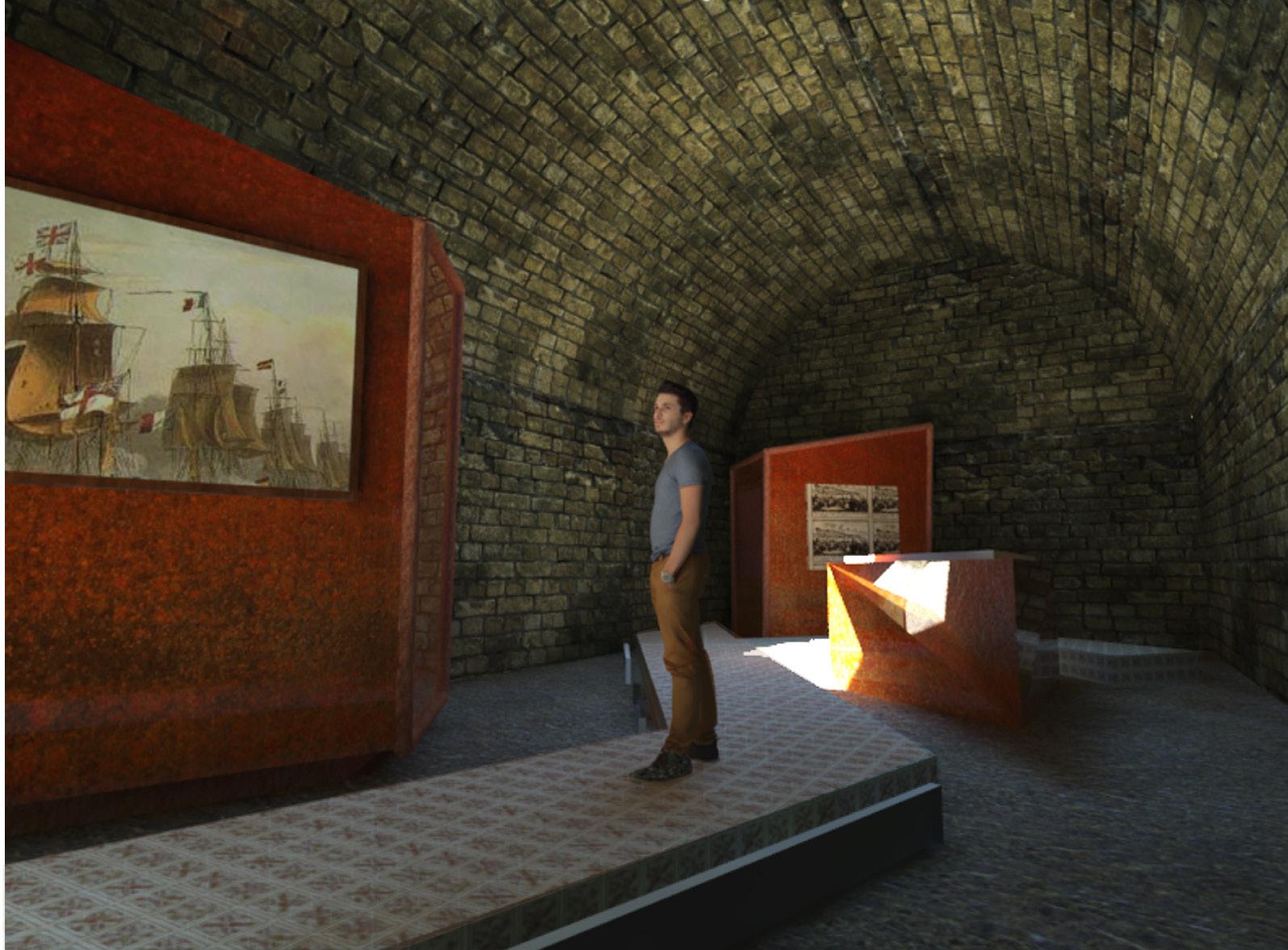 Designer
Eduardo Arrieta Fernandez.
Designer
Eduardo Arrieta Fernandez.
Project characteristics
The project is located in the historic center of Cartagena de Indias, declared as Historical and Cultural Heritage of Humanit by UNESCO in 1984
The intervention consists of adapting the spaces of the bastion of Santa Catalina for a museographic project taking into account the context, exterior and interior areas giving a correct and optimal use of the spaces without affecting the monumental heritage.
The elements that are handled as exhibition modules and furniture take up the geometry of the solids that make up the fortified complex, such as: the walls, bastions, castles and breakwaters.
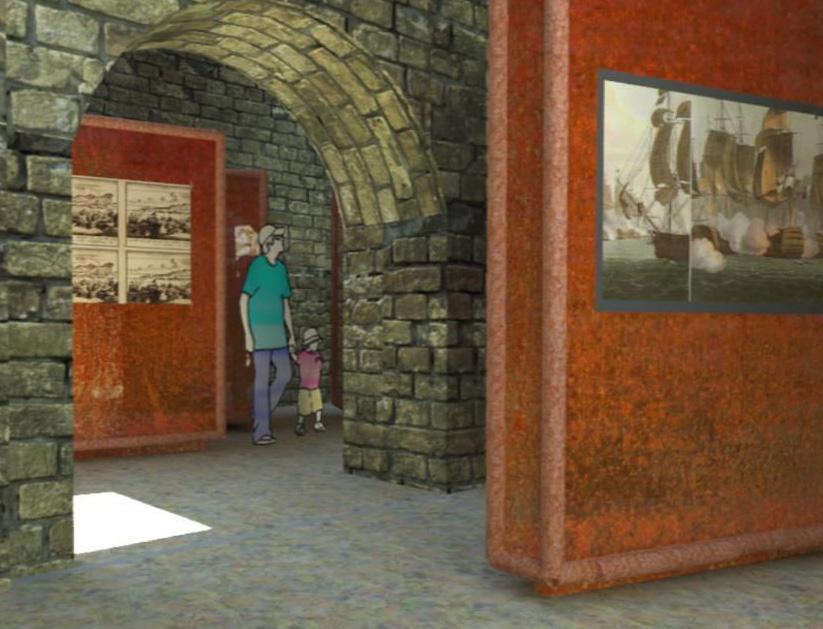
18
Longitudinal section


Exterior
Generate uses in these areas Furniture, telescopes, information point Improve accessibility in interior and exterior spaces for people with reduced mobility through the use of elevator and hydraulic platform.
Interior
Adapt the interior areas for a museographic project with the use of exhibition panels, projectors and adequate lighting.

Exhibition modules
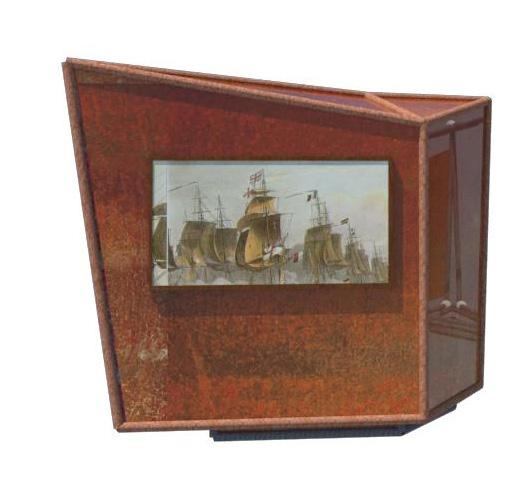
Modules were designed for the gallery of the cisterns and the interior of the bastion.
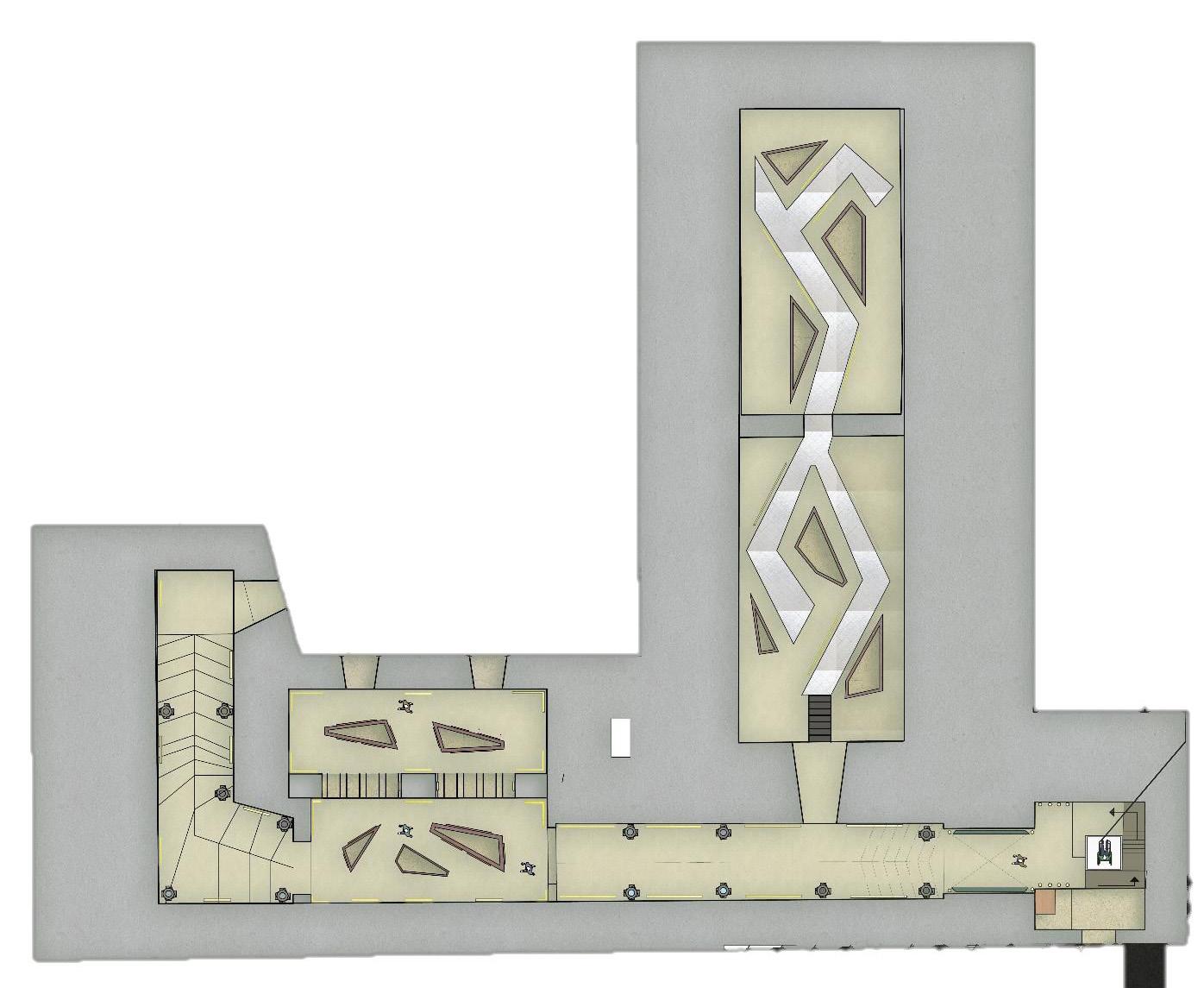
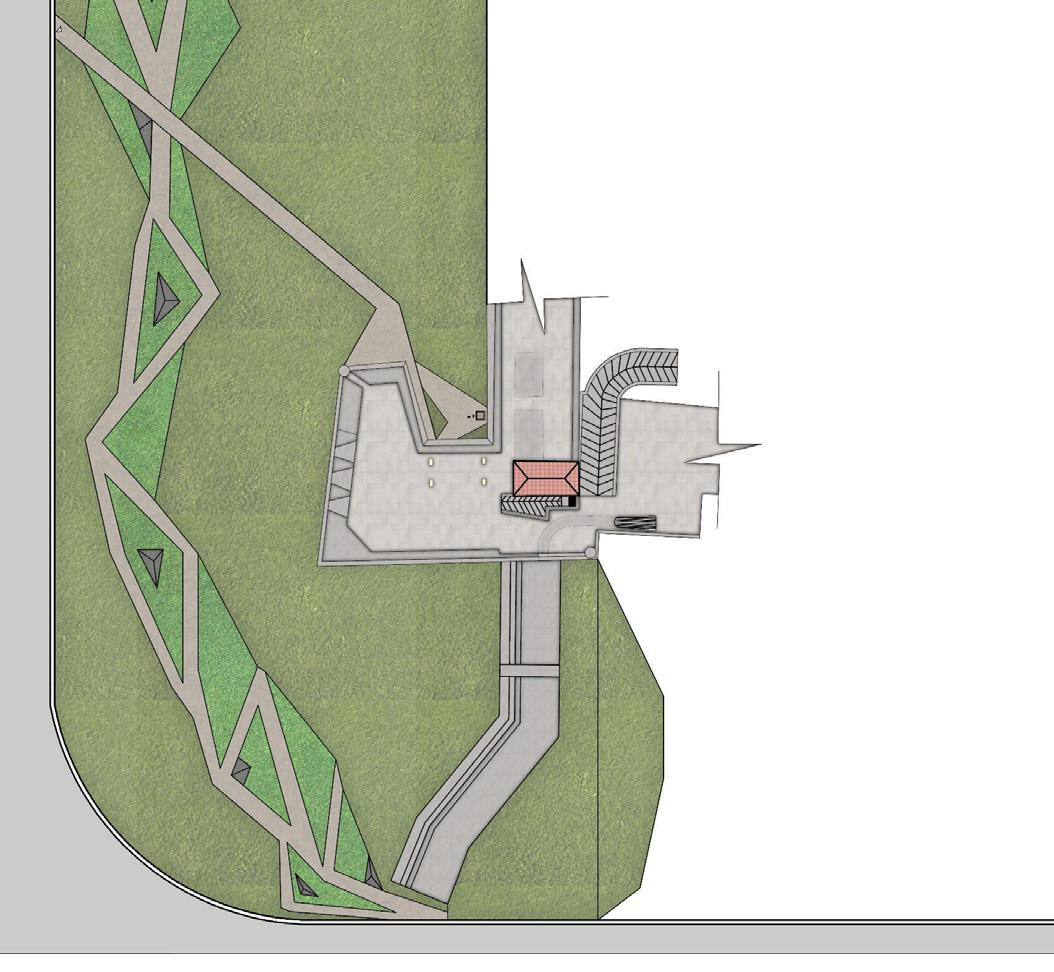
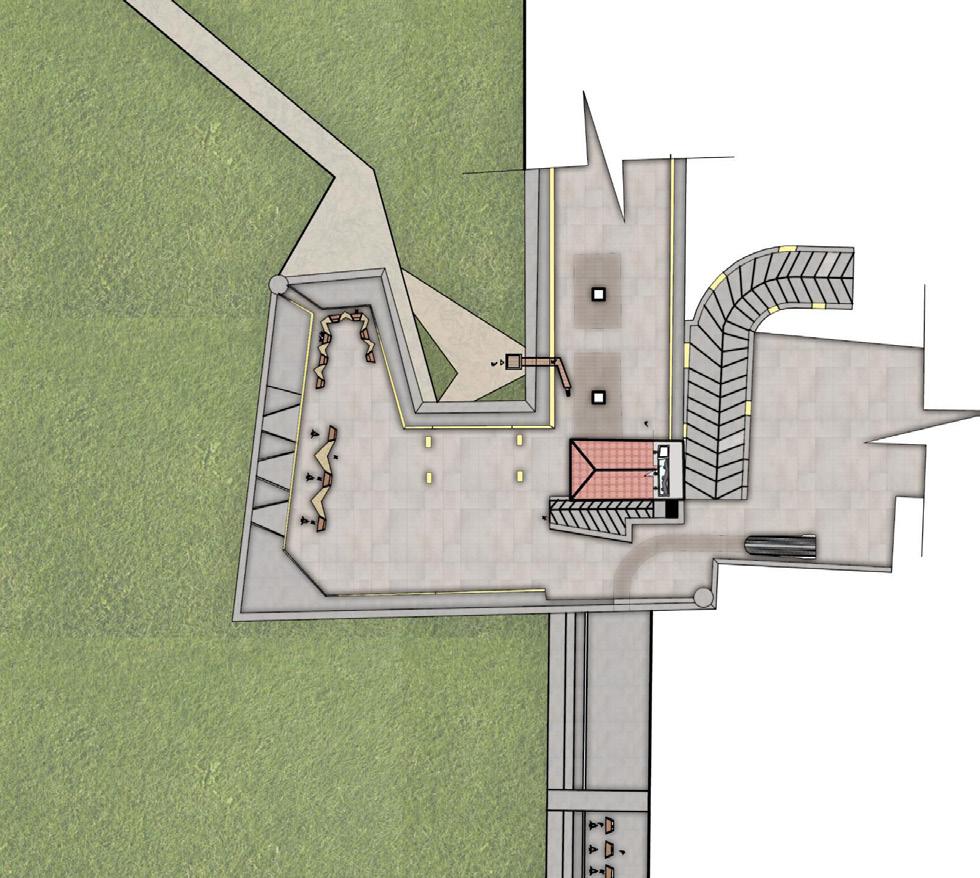
Exterior furniture
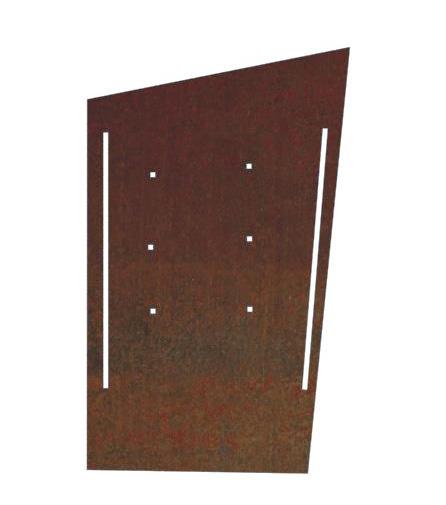
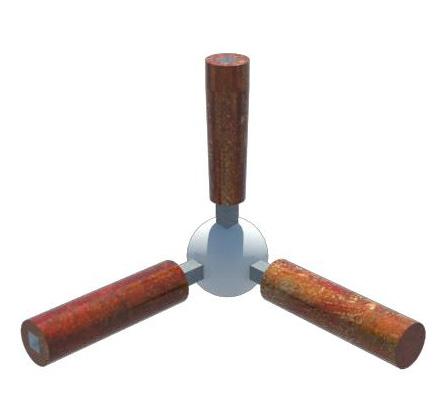

19
Floor Plan
Site Plan
Top view
Structure Nodes - Steel bars Corten Steel Plywood
Parametric design furniture
1. Park
2. Elevator from the entry to help persons with reduced mobility
1. Information Point
2. Lighting
3. Furniture and Telescopes.
1. Exhibition Modules
2. Spotlights
2 3 1 1 1 2 3 2
3. Elevator/ Hydraulic platform
the flatline 05
NORTE DE CANADA
La propuesta se encuentra localizada en la región Slave del Norte de los Territorios del Noroeste a unos 300 km de la capital Yellowknife


LAGO DE GRAS
El volumen arquitectónico se implanta en una mina de diamantes a cielo abierto denominada DIAVIK, ubicada en una isla dentro del lago de Gras
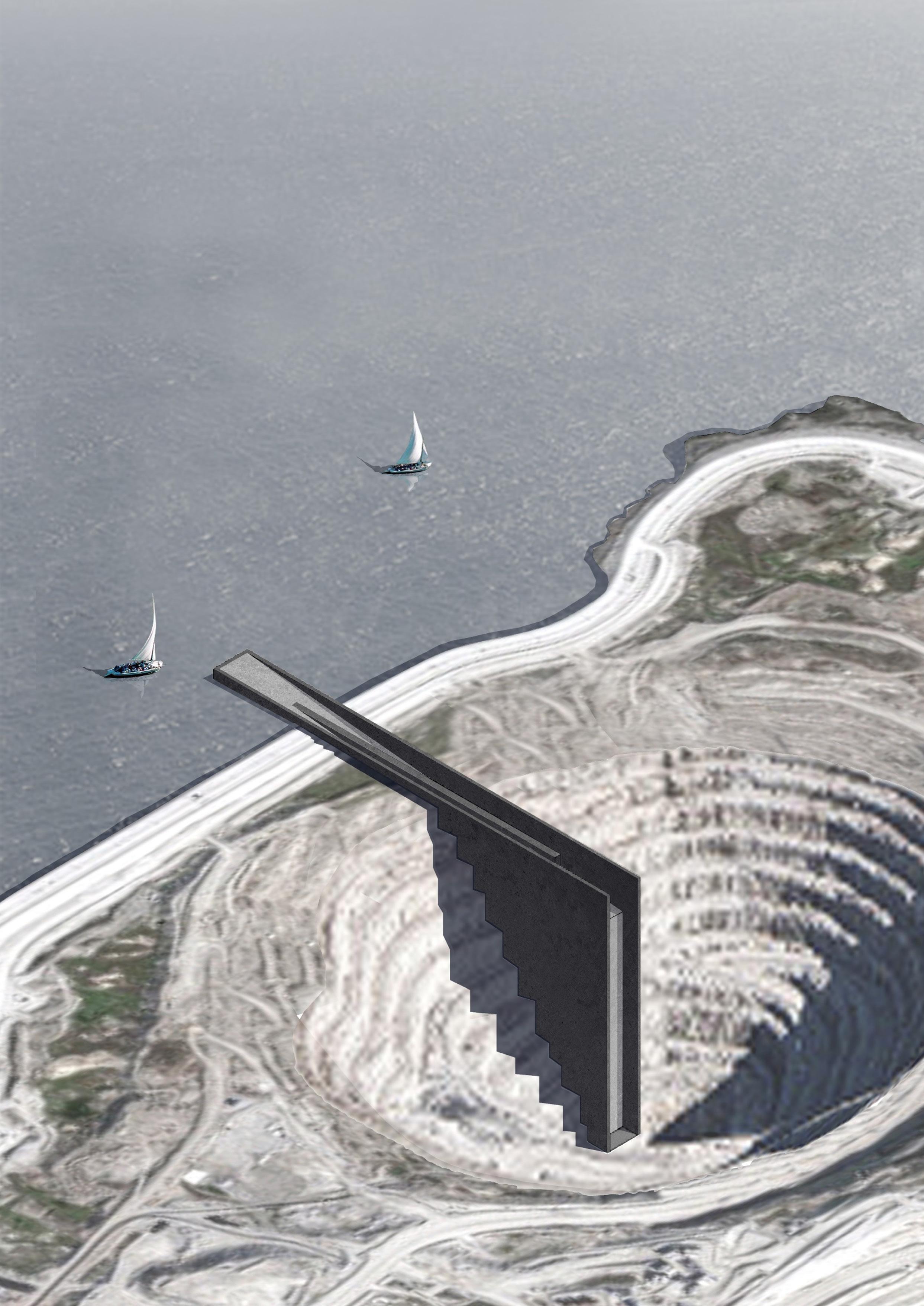
Design ESTUDIO LOCAL Team
• Eduardo Arrieta F.
• Cristian Almario
• Carolina Restrepo
• Juan Felipe Pantoja
With this project we wanted to raise awareness about mining activity, using as a case study the extraction of diamonds, which generates irreparable ecological damage to the planet.
The architectural intervention seeks to open new spaces for reflection on the environmental damage caused by mining in the territory.

Project Characteristics
The architectural volume is implanted in an open-pit diamond mine called DIAVIK, located on an island within the Gras Lake.



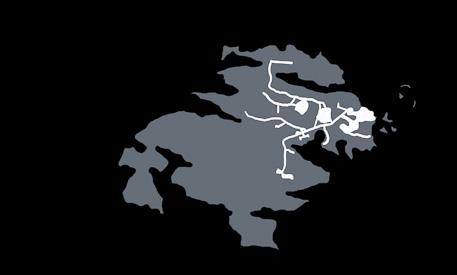
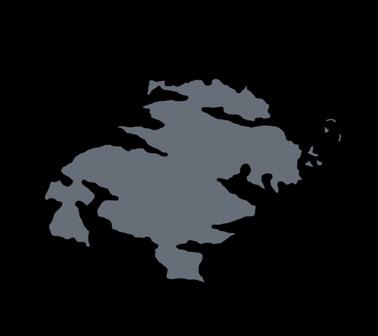





The ecosystem of Lake Gras is unaltered.
Buildings and roads start to encroach the zone.
The building is presented as a journey that connected the unaltered natural landscape with the devastated landscape of the mine.
One of the open pit mines becomes visible and the complex takes shape.
Construction of a second mine starts.


Visitors begin the journey from the surface, where a platform located in the lake allows them to glimpse the beauty of our planet, the light, the harmony of the landscape. The platform quickly tilts, like a scale tipping into the abyss, leading visitors into the mine.
Being able to contrast the two realities of the environment by allowing a glimpse of the interior of the mine from the surface of the lake makes the proposed slope a point of deep reflection.
The ecosystem has completely changed and the lake is polluted.
In principle the unaltered landscape represents life in balance, but as we destroy the territory with interventions in which the scale of the damage can only be compared to the size of the excavations, we alter this balance, ending little by little, stone by stone, with the life of this planet.
This line, now lifeless, without any movement, translates into a building that seeks to draw visitors into the devastation of what was once a lake ecosystem. The first mine is a few years away from the end of its useful life* while the construction of a third mine is on the perimeter.
*The useful life of open pit mines is limited, approximately 15 to 20 years, thus requiring a new and significant expenditure of resources for the creation of a next mine in a short period of time.
In that order of ideas, how many mines will be enough? How far will we be able to go in the search for particular benefits over collective ones?
22
50 250 750 0 1 2 3 5 4 6 7 8 9 10
1.
2.
3.
4.
5.
6.
7.
8.
9.
10.
1995 2000 2005 2010 2020
1. Cafeteria y acceso a la plataforma 2. Plataforma mirador sobre el Lago de Gras 3. Punto fijo y acceso al edificio 4. Mirador hacia el interior de la mina 5. Área de exposiciones 6. Aulas multimedia 7. Cafetería 8. Aseos generales y zonas de estancia 9. Oficinas 10. Plataforma /Mirador al fondo de la mina
Access to the platform
Lookout platform over Lake Gras
Elevator and access to the building
Viewpoint to the interior of the mine
Exhibition area
Multimedia classrooms
Coffee shop
Toilets and lounge areas
Offices
Platform / Viewpoint at the bottom.
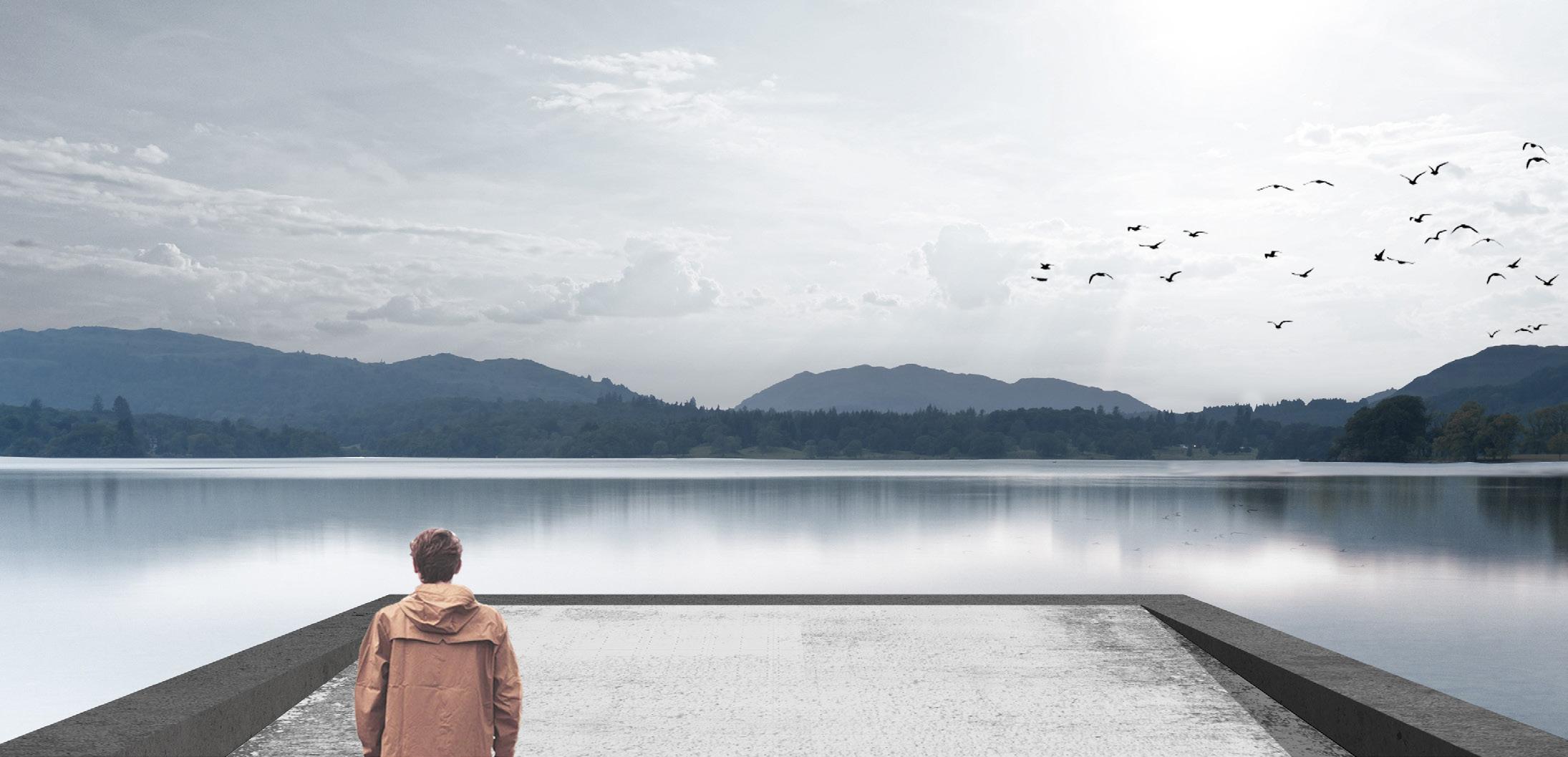
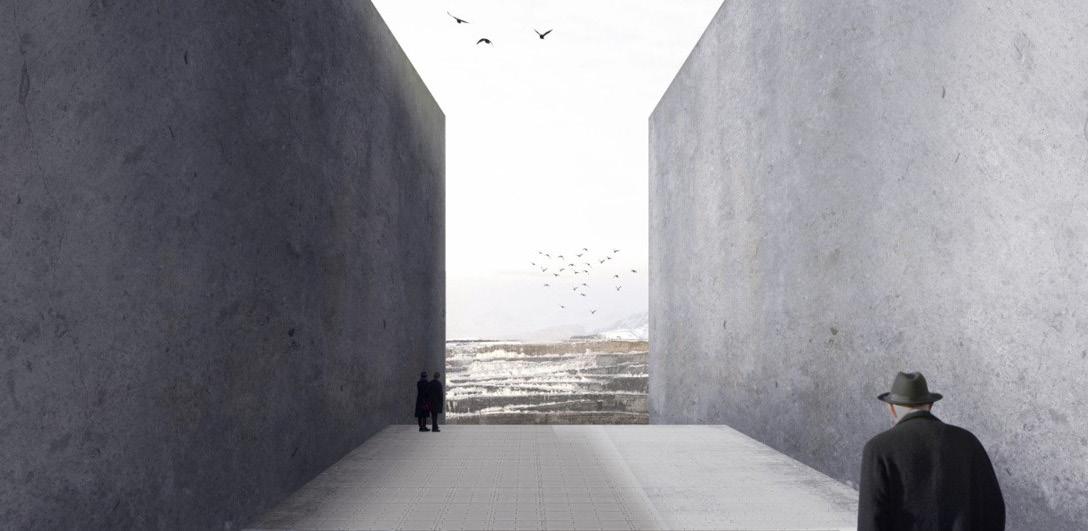

23
06 ventanas a la eternidad: memorial monument
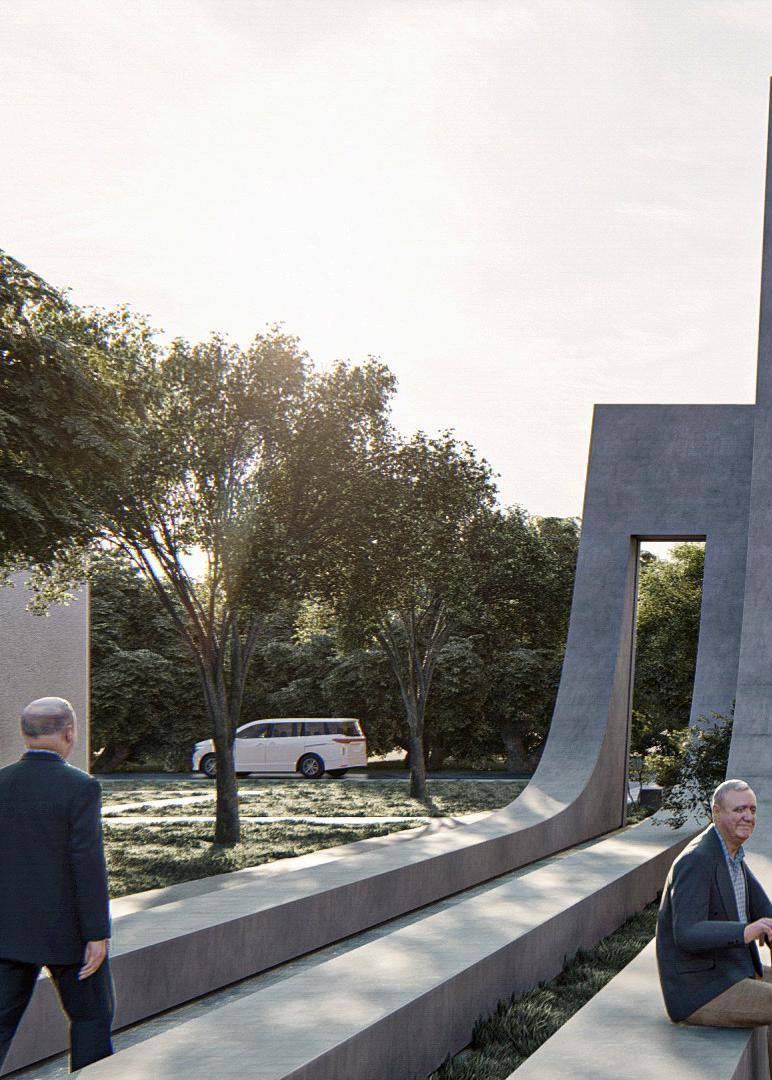
Design ESTUDIO LOCAL Team
• Eduardo Arrieta F.
• Cristian Almario
• Carolina Restrepo
• Juan Felipe Pantoja
In 2018 a terrorist attack occurred at the General Santander Cadet School, an attack that took the lives of 23 policemen and set up a painful moment in Colombian history. In honor of those heroes through a contest we designed a monument called Windows to Eternity to commemorate their lives. The monument was built and later inaugurated by the president of the Colombian republic in 2019.
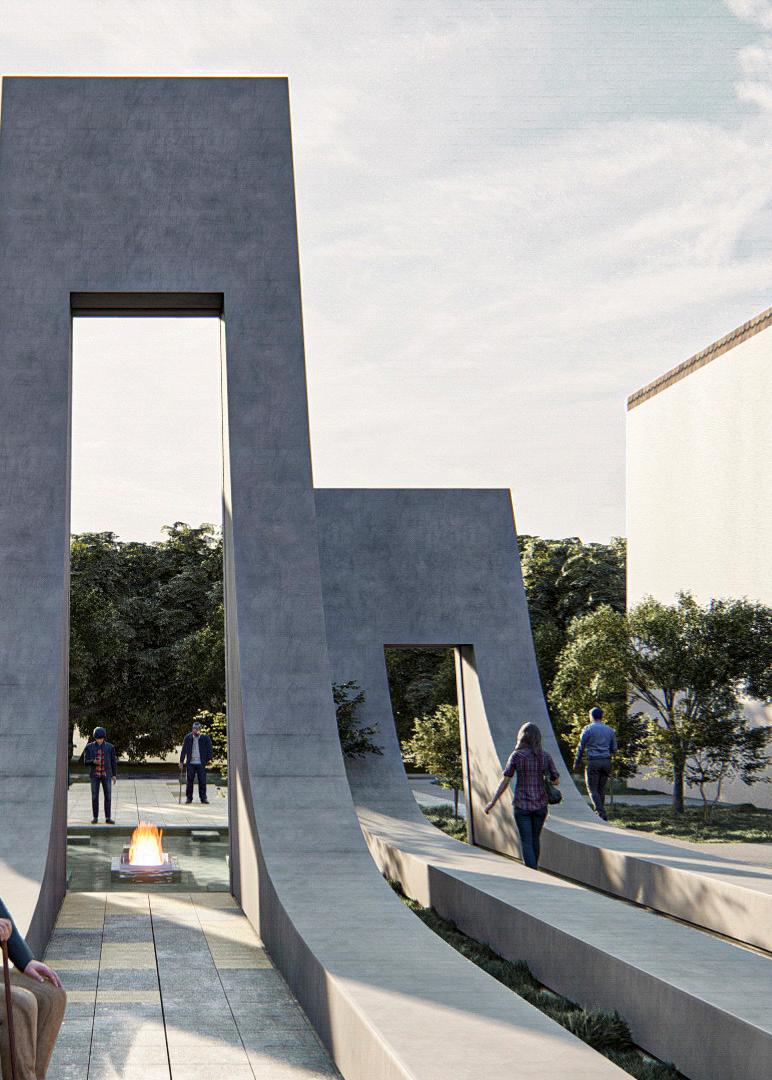
Monument - Concept

The main monument is located at the end of the park line as a way of closing the route, representing the culmination of a stage that is life and opening a window to God.
The monument is conceived as an extension of the park, representing through its ascending form the relationship between God and man. The monument starts from the ground, which represents our nation, and gradually begins an ascent towards the sky, symbolizing the connection that man has with God.

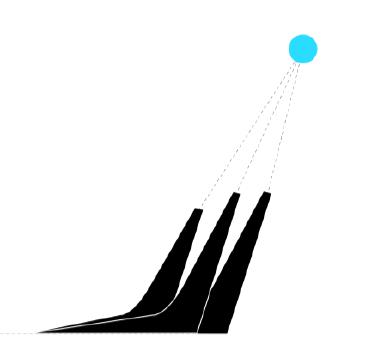

It is composed of three foundations to represent the union and brotherhood as the fundamental basis of the colombian police.
God and Nation Brotherhood
Cross Section
Urban planning proposal
First of all, we wanted to change the perspective of the intervention area through a linear park that vindicates life, which is reflected in the proposal through the vegetation and the way it finds its way through the adversity and harshness of the asphalt.


We decided that the main monument would be located at the end of the linear park, as a way of ending the route, culminating that stage that is the life and opening a window to God.
With this proposal we wanted to pay tribute to the heroes who lost their lives in the terrorist attack of January 17 at the General Santander Cadet School.
26
Union
Nation God Family
and
Foundations
Site Plan


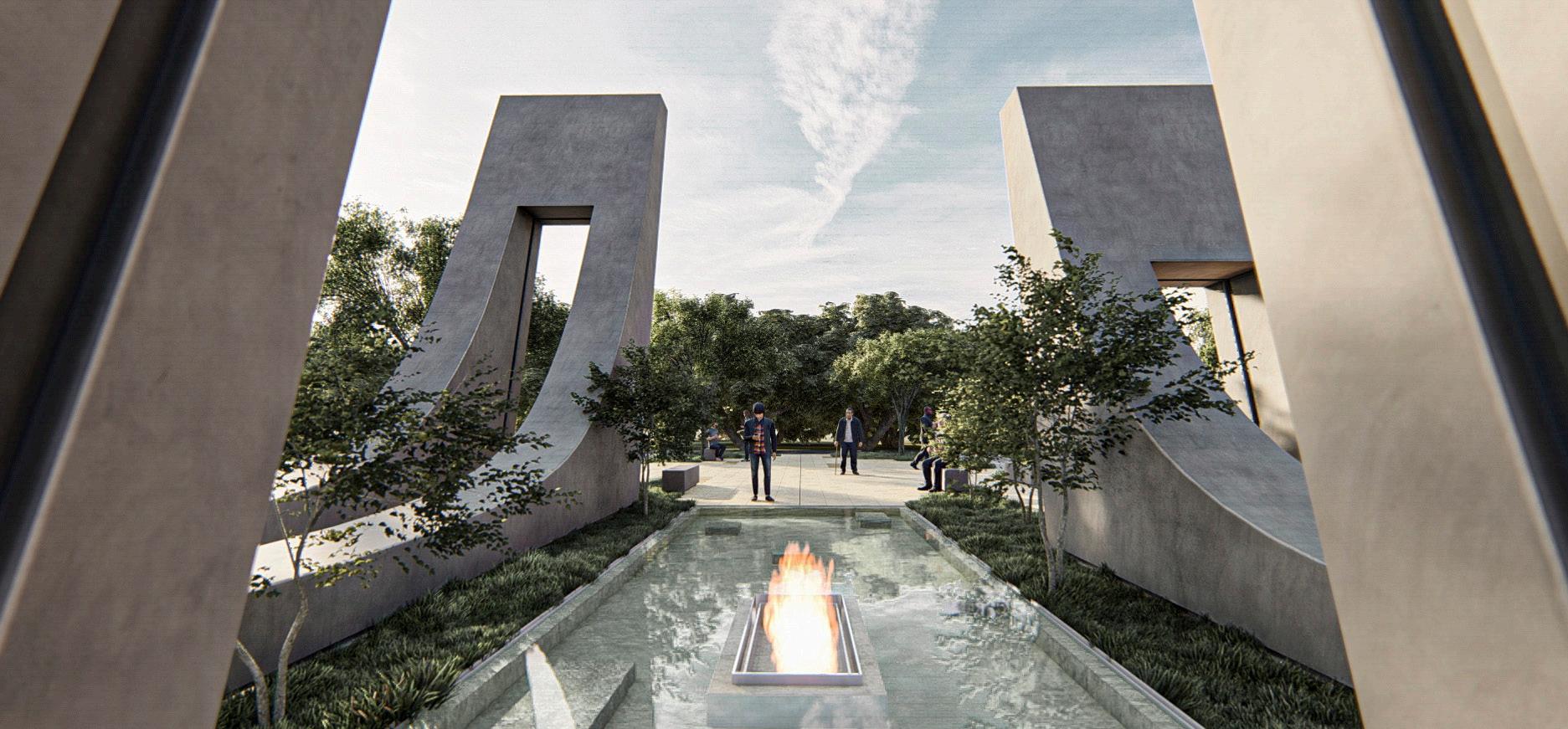
27
07
archaelogical management plan and restoration: san francisco convent
Project Manager
M.A.Monika Therrien
Graphics and Plans:
Eduardo Arrieta -Andres Bustos
During this project I was involved in the identification of the ancient structures (walls, footings, columns and floors), I contributed in the evaluation of the materials and how they were built, aditionally I made and prepared the archaeological and architectural planimetry and the graphics representation of the archaeological management plan.

Location
This project is located in the historical center of the city of Cartagena de Indias, Colombia, declared by UNESCO as Historical and Cultural Heritage of Humanity in 1984.
Project Characteristics
The project consists of the restoration of the cloister and church of San Francisco and its surroundings for the construction of a large-scale hotel project. Due of being located in an area of great historical value, a special management and protection plan was approved by the Ministry of Culture for the restoration of the architectural heritage of the cloister and church of San Francisco and the old temple, and therefore an archaeological management plan had to be executed as a first step.
Initially, studies and statigraphic excavations were realized in order to show the construction stages of the building and its characteristics in each period, from which the evolution and successive transformations of the building were recreated. In the study area, vestiges of the old San Francisco Church and the Veracruz temple, built in the first half of the 16th century, were identified.
28
Top View
The ancient structures allowed us to identify the spatial configuration of the church and its evolution with which we recreated evolutionary hypotheses of the building.

Archeological excavation zones.



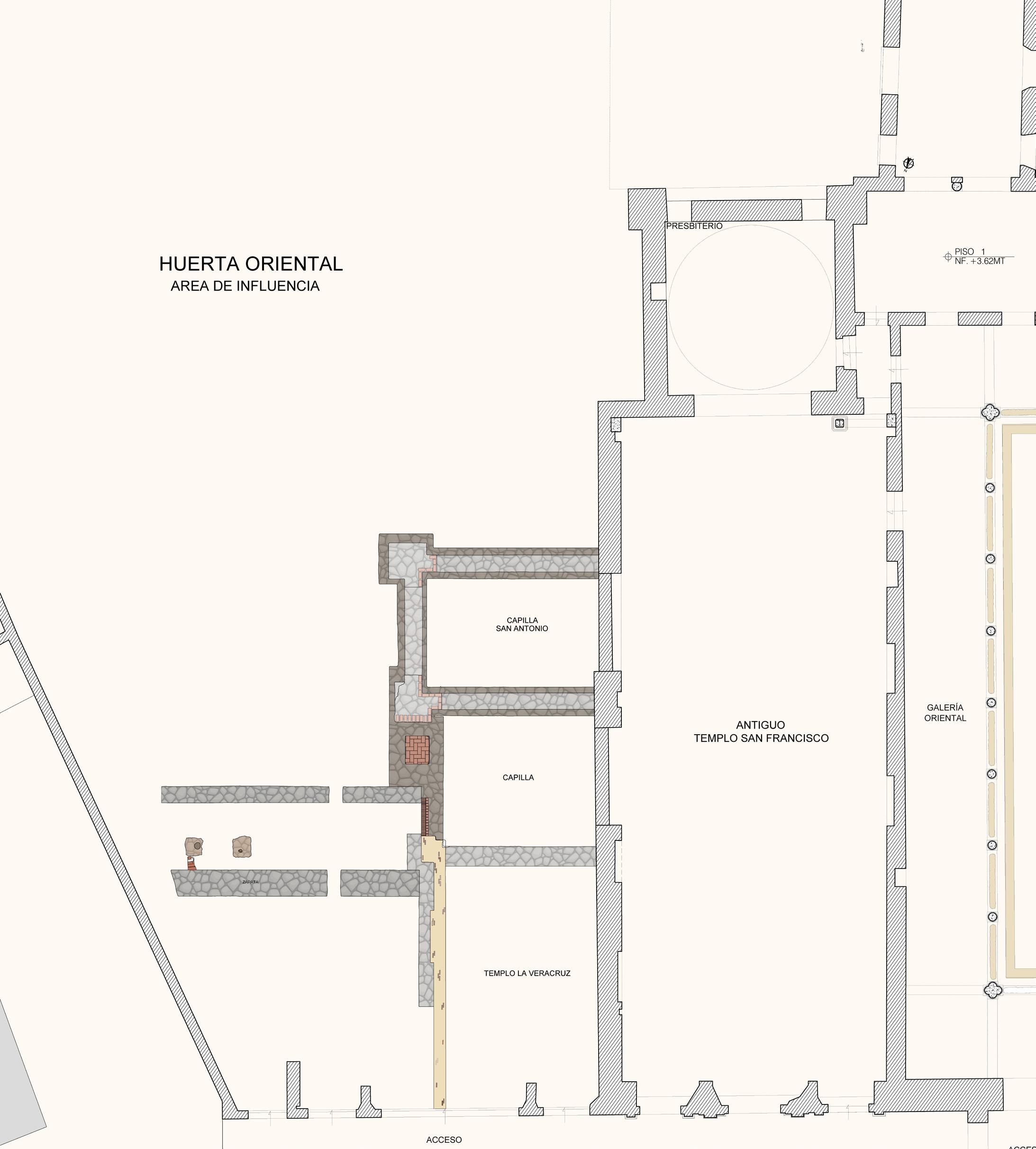
29
Cross Section
ANEXIDADES
Vestiges of the old San Francisco Church and the Veracruz temple.
Stratigraphy
Throughout the excavations were found different levels of floors of different materials, the most predominant is the red brick with a pattern called fishbone, because the city was founded in a very humid region, it was necessary to take measures against moisture, one of the most characteristic was to raise the floor level of the buildings, using debris, so as to be above the water table, so it is normal to find in the buildings different levels of floors, traces of foundations and walls, which are testimony of its past history.
Ceramic fragments and glass fragments associated with the colonial period were also found during the execution of the archaeological management plan.
Floors and Occupation Surface Analysis
Colonial Cemeteries
Initially, in the archaeological research and analysis , there was a low expectation of finding evidence in good condition of the constructive evolution of the conventual complex, since four movie theaters were built on top of it fifty years ago. However, in addition to finding traces of ancient structures, human burials began to appear very quickly.
During the archaeological excavations, several burias dating from the 16th to the 19th century were found in and around the buildings. A good number of children were found, which in those contexts is not so frequent, but they were lucky enough to excavate an exclusive area for the burial of infants and historians found reference to the fact that unbaptized children could not be buried inside the church, so a place was designated outside but at the same time close to it.
Plan Indicating location of burials


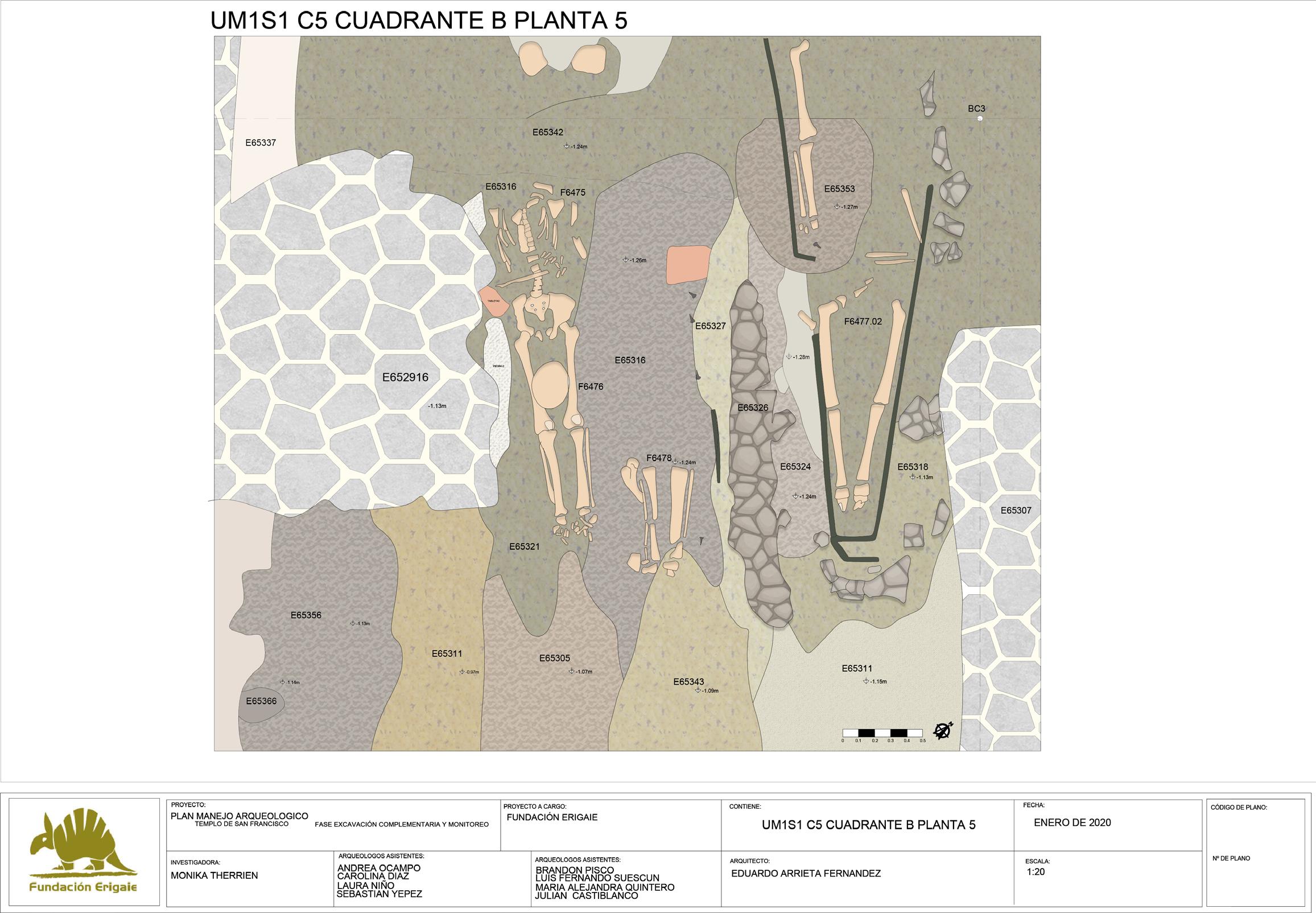
Numbers
Nearly 1,000 individuals buried over more than 300 years in nine burial were found in the San Francisco convent complex, which functioned between 1580 and 1900, were extracted.
30

31
Plan Indicating location of burials


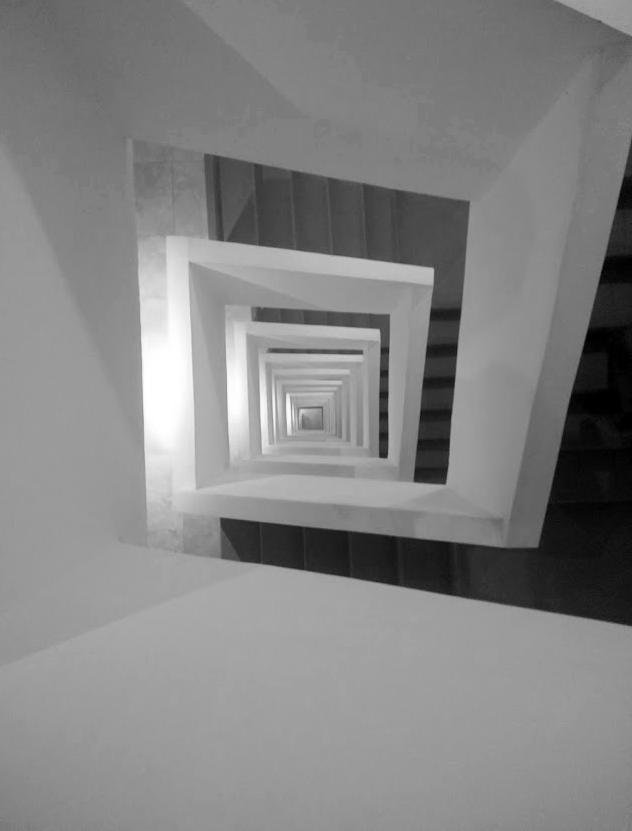
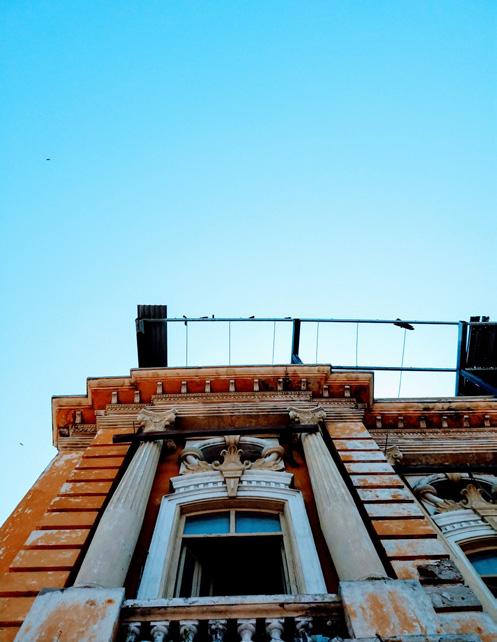

32 CONTACt Cartagena-Colombia Tel: +57 3186521999 E-mail: eduardoa.arrietaf@gmail.com













 Eduardo Arrieta Fernandez.
Eduardo Arrieta Fernandez.








































 Designer
Eduardo Arrieta Fernandez.
Designer
Eduardo Arrieta Fernandez.

















































